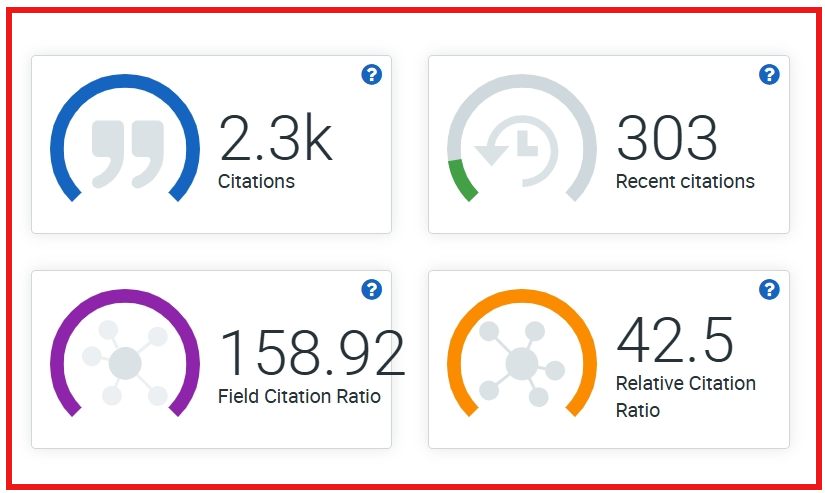Primer3Plus overview
Primer3Plus is an advanced web interface for Primer3, a popular primer design program that selects PCR primers based on multiple criteria including oligonucleotide melting temperature, size, GC content, primer-dimer possibilities, PCR product size, positional constraints within the template sequence, potential ectopic priming. These parameters are user-specifiable either as constraints or as terms in an objective function that defines optimal primer pairs. Developed and maintained by Andreas Untergasser, Primer3Plus offers a more intuitive and task-oriented approach compared to the original Primer3 interface.
Primer3Plus Interface
 |
 |
 |
 |
 |
 |
The main difference between Primer3 and Primer3Plus
Primer3Plus serves as a web interface for Primer3, streamlining primer design by handling input/output formatting. While both can produce similar results, they differ in default settings: Primer3’s defaults are set to ensure compatibility with older versions, while Primer3Plus optimizes defaults for common laboratory applications, making it more practical for regular wet lab use.
| Type | Primer designing |
| Homepage | Primer3Plus web services |
| Source code | GitHub primer3plus |
| Current version | 3.3.0 |
| Operating system | it runs on Linux, MacOS, or Windows |
| Software interface | web interface |
| Input Data formats | sequence must be presented 5′ -> 3′; such as FASTA and EMBL. |
| Availability | Free and open-source software |
| Maintained and Supported by | Currently Primer3Plus is maintained by Andreas Untergasser. |
| License | GPL-3.0 license |
Designing Polymerase Chain Reaction Primers Using Primer3Plus
INTRODUCTION
Polymerase Chain Reaction (PCR) primer design is a critical step in molecular biology experiments. This protocol describes a systematic approach to designing specific and efficient PCR primers using the web-based tool Primer3Plus. This method enables researchers to design primers for various applications including standard PCR, real-time PCR, and DNA sequencing.
MATERIALS
Equipment
- Computer with internet access and Web browser (Chrome, Firefox, Safari, or Edge)
- Access to Primer3Plus (http://www.primer3plus.com); NCBI GenBank (optional, for sequence retrieval); UCSC In-Silico PCR (optional, for specificity checking); Oligoanalyzer (optional, for secondary structure analysis).
METHOD
- Obtain the target DNA sequence in FASTA format: Go to the NCBI nucleotide database to download the mRNA sequence of your choice, Remove any numbers or special characters; Include 200-500 bases flanking your region of interest
- Navigate to Primer3Plus website Open web browser; Enter URL: http://www.primer3plus.com; Select “Pick Primers” mode.
- Input sequence parameters: Paste the target sequence into the sequence input box; Mark the target region using square brackets [ ] if applicable; Set task type (generic, cloning, or hybridization probe)
- Configure primer parameters: Product size range: 100-300 bp (adjustable based on needs); Primer length: 18-22 bp (optimal: 20 bp); Primer Tm: 57-63°C (optimal: 60°C); Max Tm difference: 2°C; GC content: 40-60%; Max self-complementarity: 3.00; Max 3′ self-complementarity: 1.00. Primer3Plus has a large number of parameters; however, only a few of them need to be adjusted, whereas the others can be left at their default values.
- Adjust advanced parameters if needed: Salt concentration: 50 mM; Mg++ concentration: 1.5 mM; dNTP concentration: 0.2 mM; Product Tm: 75-85°C; Max poly-X: 3 (to avoid polynucleotide repeats)
- Generate primer pairs: Click the “Pick Primers” button; Review suggested primer pairs; Evaluate based on: Similar Tm values (within 1°C), Minimal secondary structure, Appropriate GC content, Low 3′ end stability.
- Check primer specificity: Copy primer sequences; Use UCSC In-Silico PCR to verify a single product; Use BLAST to check for off-target binding.
- Analyze secondary structures: Use the Oligoanalyzer tool; Check for Hairpin formation, Self-dimers, Hetero-dimers, and G-quadruplex structures.
DISCUSSION
Successful PCR primer design requires careful consideration of multiple thermodynamic and sequence-specific parameters that collectively influence amplification efficiency and specificity. The most critical parameters include primer length (optimally 18-22 nucleotides), which affects both specificity and annealing kinetics; GC content (40-60%), which influences binding stability and melting temperature; and matched melting temperatures (within 1°C) between forward and reverse primers to ensure simultaneous annealing. Secondary structure formation, particularly at the 3′ end, must be minimized to prevent primer-dimer formation and ensure efficient template binding.
For challenging templates, such as GC-rich regions (>65% GC content), the addition of DMSO (5-10%) or the incorporation of a GC clamp may improve amplification success. When designing primers for specific applications, additional considerations apply: qPCR requires shorter amplicons (<150 bp) with minimal secondary structure to maintain amplification efficiency; multiplex PCR demands carefully matched primer Tm values (within 0.5°C) and verified absence of cross-complementarity; and sequencing applications benefit from primers lacking homopolymer runs (>3 identical nucleotides) to prevent polymerase slippage.
The computational approach using Primer3Plus, combined with subsequent in silico validation steps, significantly increases the likelihood of successful experimental outcomes while minimizing the time and resources spent on primer optimization.
List of other primer design tools
| Tool | Type | Traits |
|---|---|---|
| Primo Pro | PCR | Uses human transcriptome to analyze and reduce the chance of random priming |
| GeneFisher2 | PCR | Allows inputting of multiple sequences from closely related organisms to design primers on consensus sequences |
| Primer-BLAST | PCR | Performs BLAST for each primer to automatically filter unspecific ones |
| QuantPrime | Real-time PCR | Uses exon-exon junctions and BLAST search to increase primer specificity |
| AutoPrime | Real-time PCR | Uses information on exon boundaries to increase primer specificity |
| RNAi Design | siRNA Design | Designs siRNA duplexes for RNA interference (RNAi) applications |
Citation and usage
Andreas Untergasser, Harm Nijveen, Xiangyu Rao, Ton Bisseling, René Geurts, and Jack A.M. Leunissen: Primer3Plus, an enhanced web interface to Primer3 Nucleic Acids Research 2007 35: W71-W74; doi:10.1093/nar/gkm306

Reference
- Hung, Jui-Hung, and Zhiping Weng. “Designing Polymerase Chain Reaction Primers Using Primer3Plus.” Cold Spring Harbor Protocols, vol. 2016, no. 9, Aug. 2016, p. pdb.prot093096. https://doi.org/10.1101/pdb.prot093096.
- Andreas Untergasser, Harm Nijveen, Xiangyu Rao, Ton Bisseling, René Geurts, and Jack A.M. Leunissen: Primer3Plus, an enhanced web interface to Primer3 Nucleic Acids Research 2007 35: W71-W74; doi:10.1093/nar/gkm306
This information is provided for educational and research purposes only. There is no affiliation, endorsement, or partnership with the tool developers or associated institutions.


